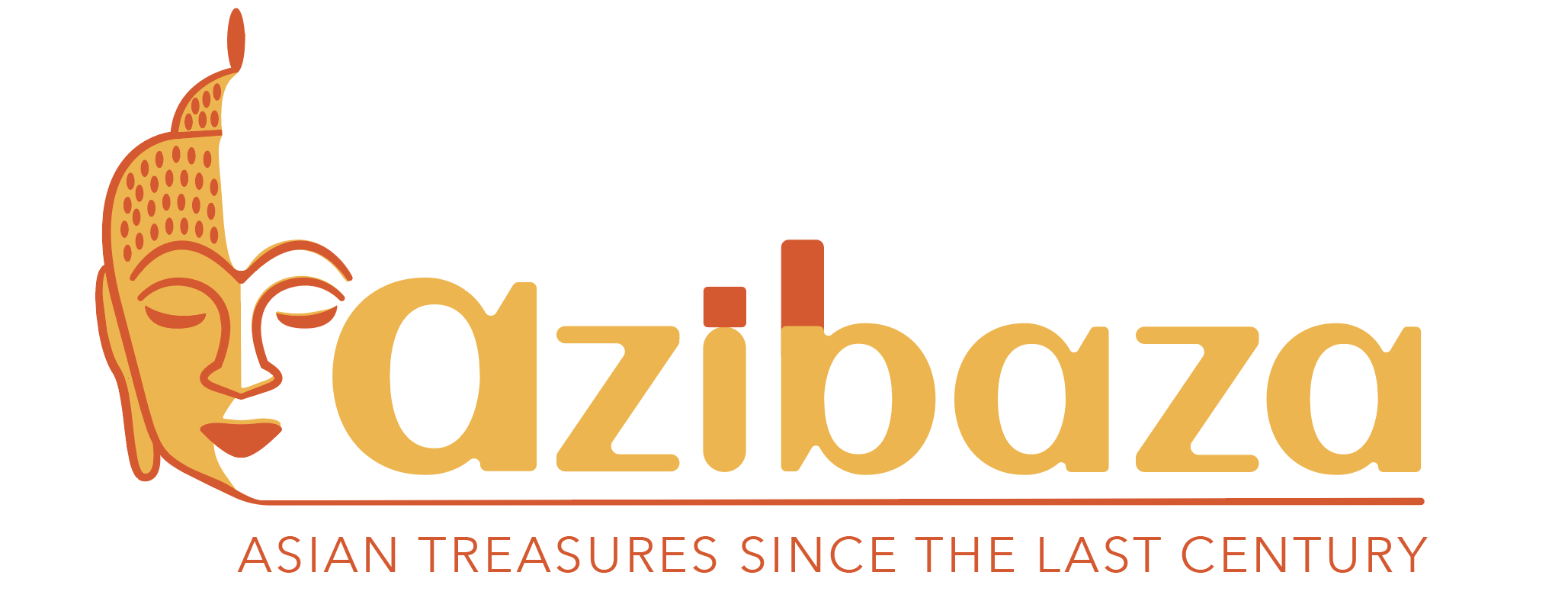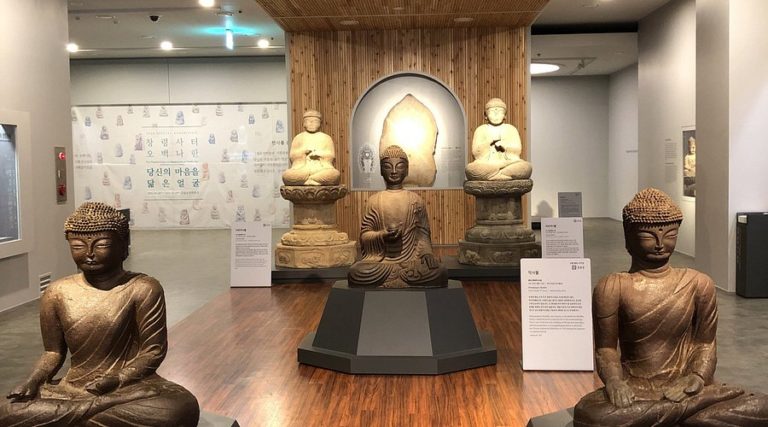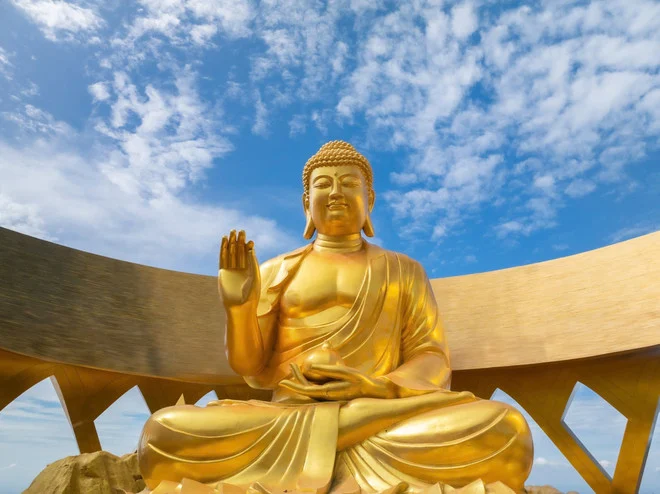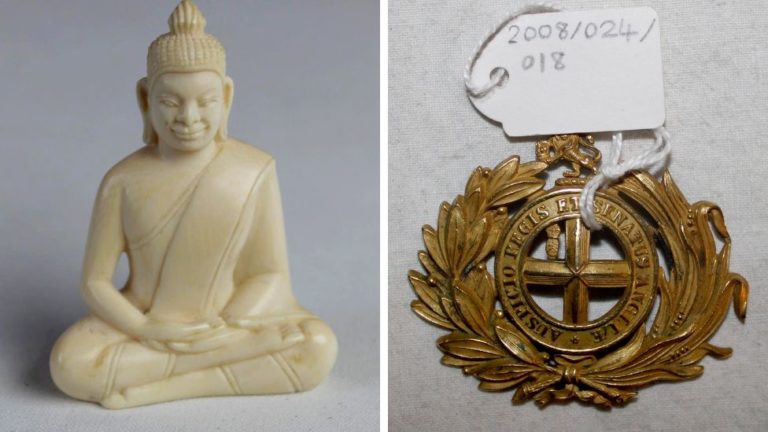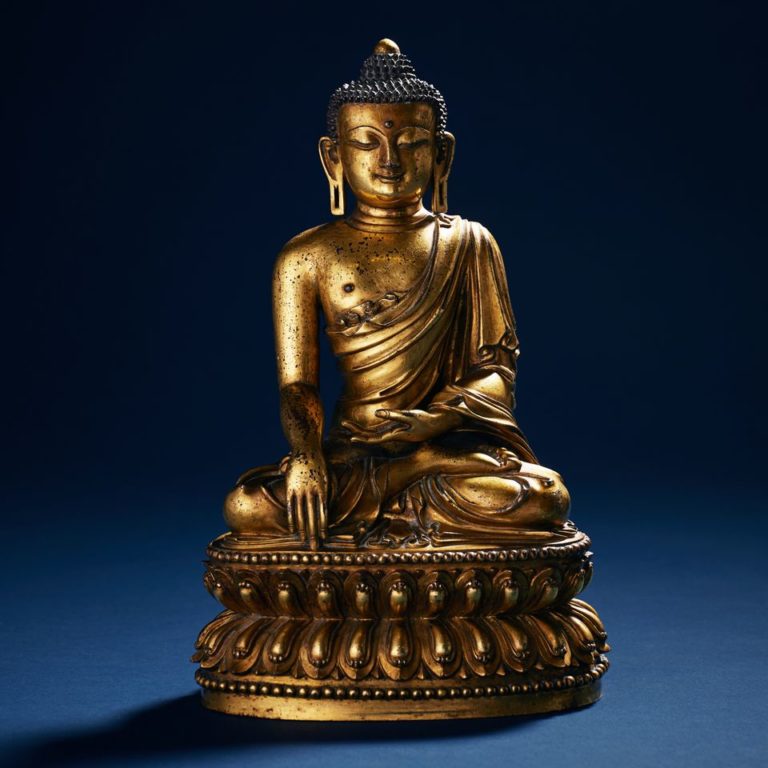On Binara Poya day, 7 September, Sri Lanka marked the traditional founding of the Bhikkhuni Sasana—an occasion that reignites long-standing debates over the authenticity of its origins and the role of women in Buddhism. A recent article challenges the canonical narrative surrounding the Buddha’s supposed reluctance to ordain women, arguing that such accounts may be distortions driven by later patriarchal interests.
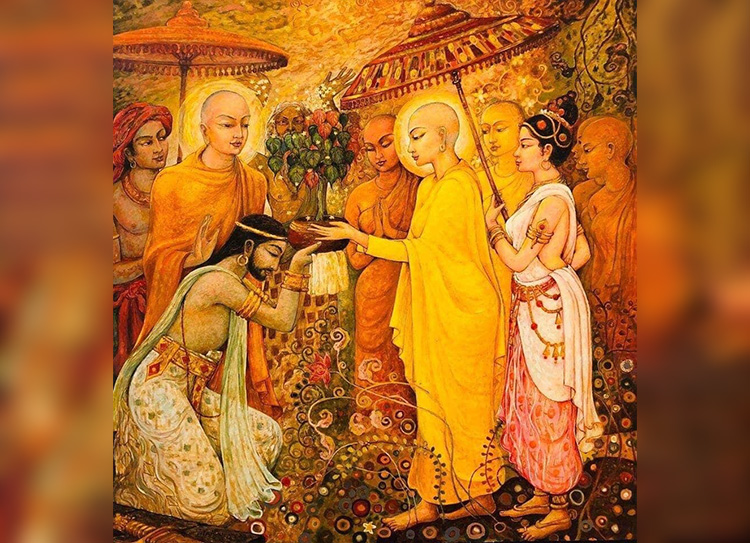
Central to the critique is the oft-repeated story of Maha Prajapathi Gothami, the Buddha’s aunt and foster mother, who is said to have requested ordination for herself and 500 other women. According to traditional texts, the Buddha refused three times before relenting under pressure from Venerable Ananda. Yet the article questions the plausibility of this tale, pointing to the Buddha’s consistent teachings on spiritual equality and his reverence for women, including his praise of Venerable Dhammadinna in the Culavedalla Sutta.
The author also highlights contradictions in the claim that the Buddha predicted the Bhikkhuni Sasana would shorten the lifespan of his teachings. With the Sasana thriving over 2,500 years later, such a statement appears historically untenable.
The decline of the Bhikkhuni order in Theravāda countries after the Polonnaruwa period is acknowledged, but so too is its revival. In 1996, eleven Sri Lankan women received full ordination in Sarnath, India, with support from the Korean Chogye order. Despite resistance from Buddhist hierarchies, the movement gained traction, with figures like Ajahn Brahm and Ven. Inamaluwe Sri Sumangala Thero playing pivotal roles.
Thailand’s Bhikkhuni revival faced even greater obstacles, including a 1928 legal ban on female ordination. The first Thai Bhikkhuni was ordained in Sri Lanka in 2003, a move that led to Ajahn Brahm’s expulsion from the Thai Forest Lineage. Today, his monastery in Western Australia stands as a testament to the resilience of the movement.
A recent Supreme Court ruling in Sri Lanka has confirmed the legitimacy of the Bhikkhuni Sasana’s re-establishment in 1998, reinforcing its place in modern Buddhist practice. As the article concludes, many Buddhists believe that a vibrant Bhikkhuni order is essential to preserving the Buddha’s teachings and ensuring their continued relevance in contemporary society.
